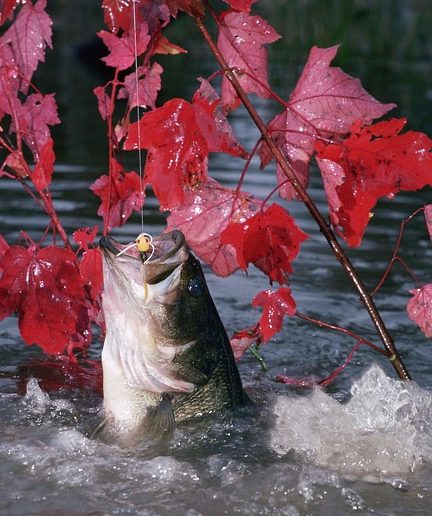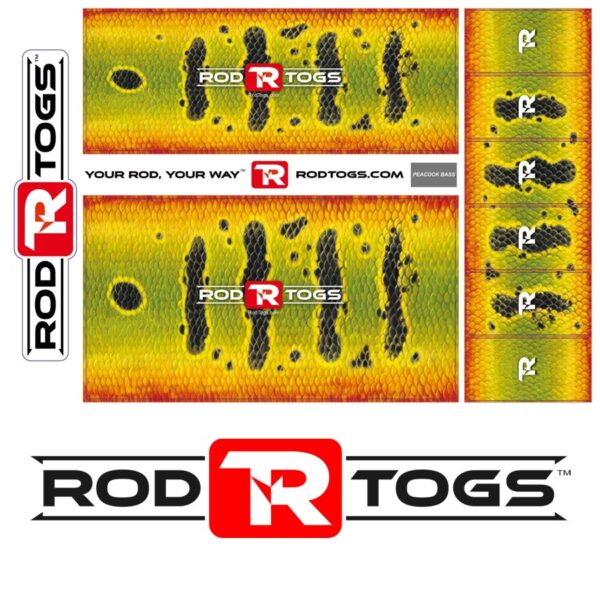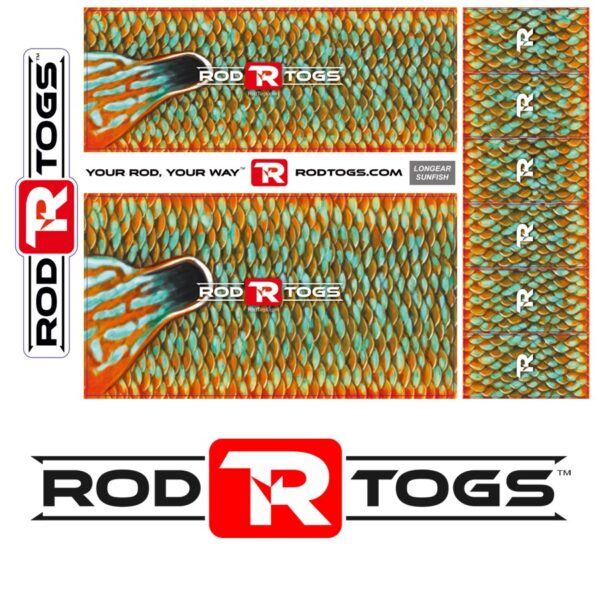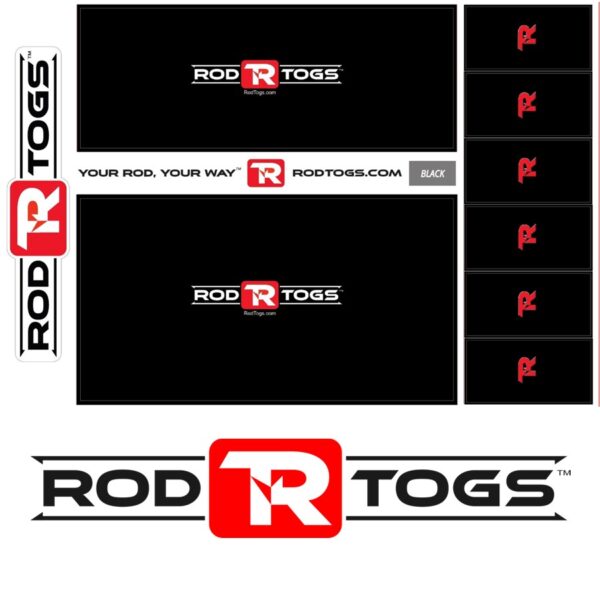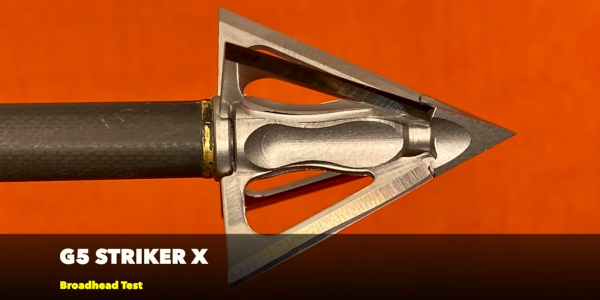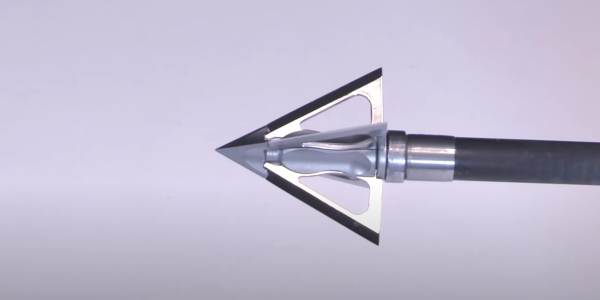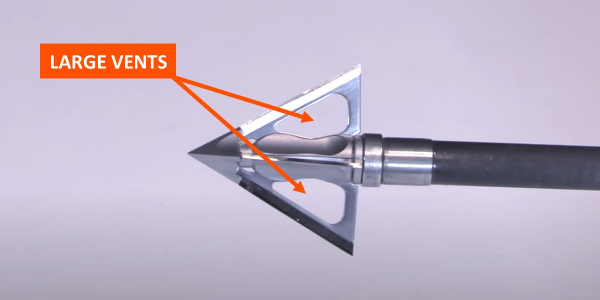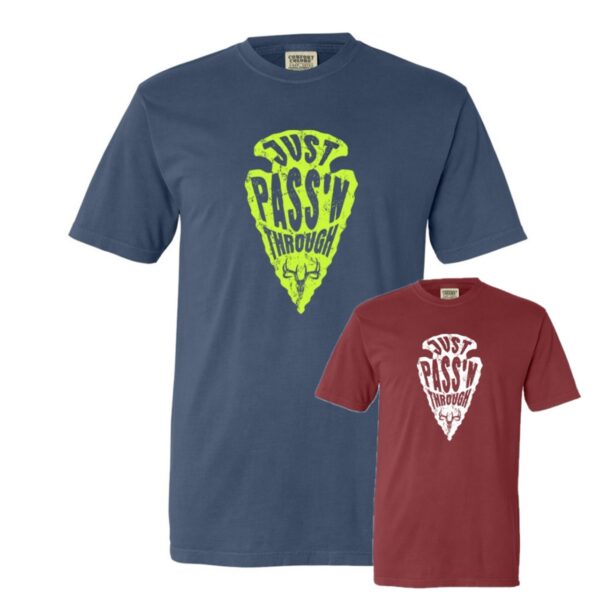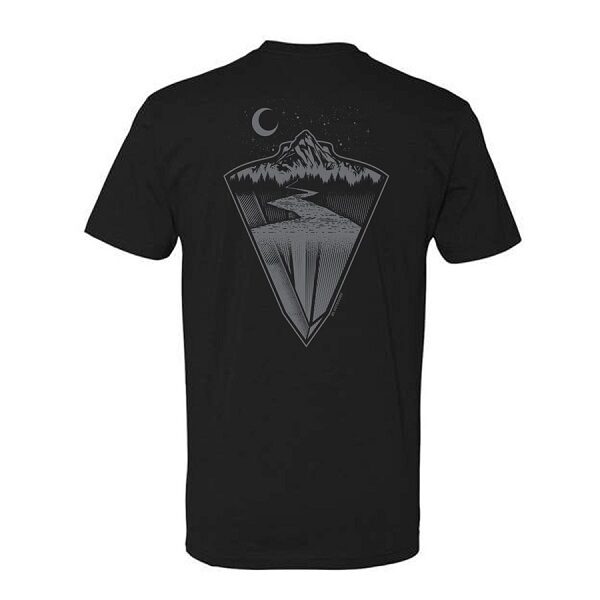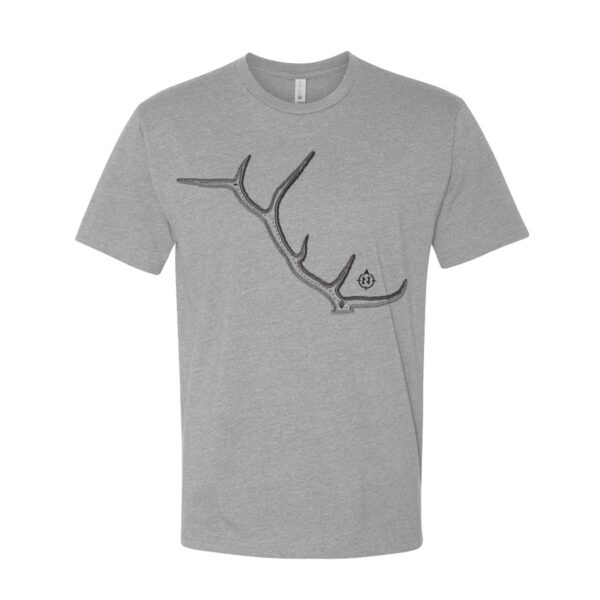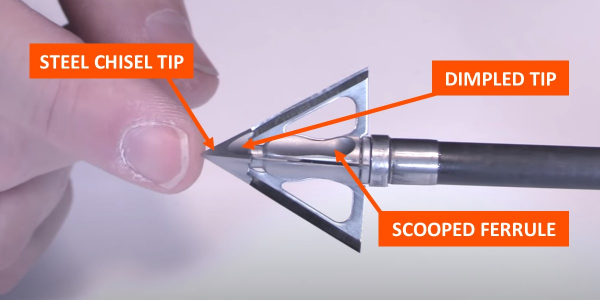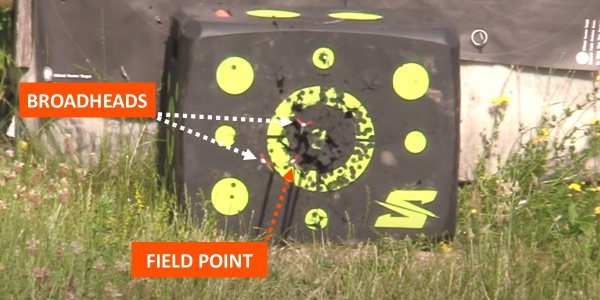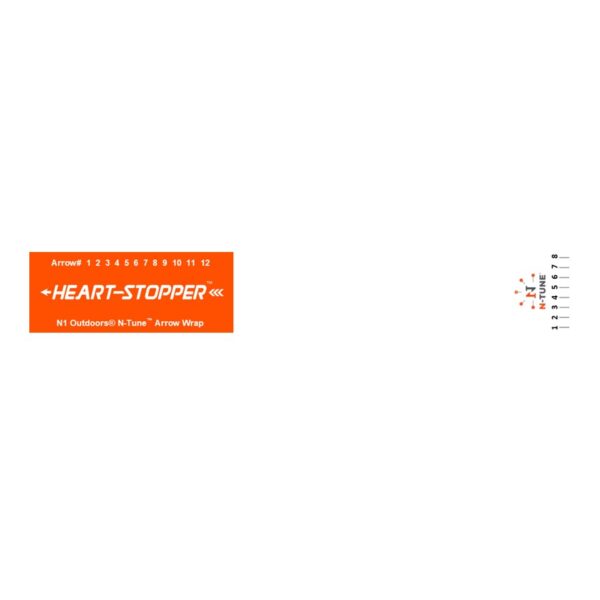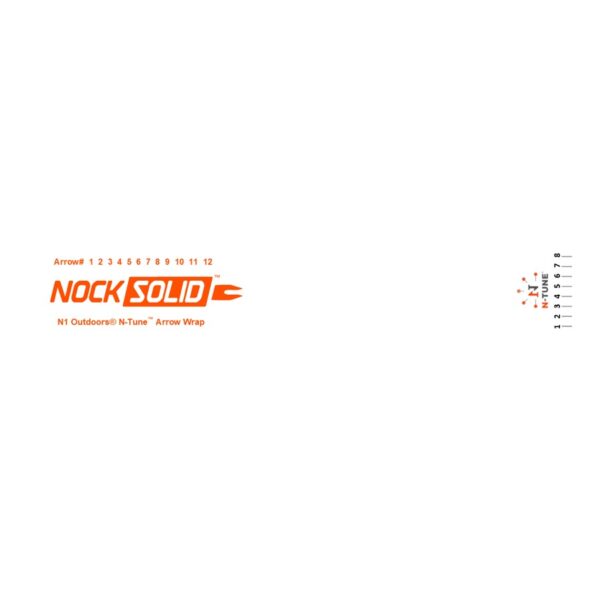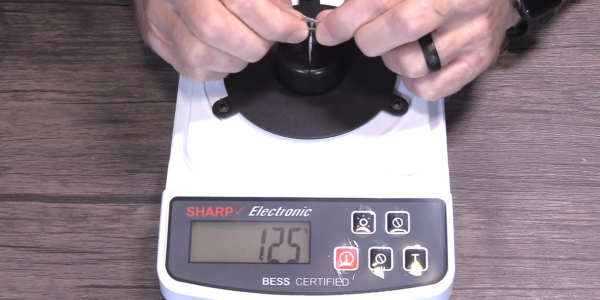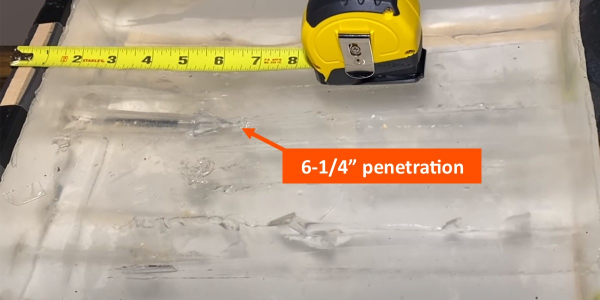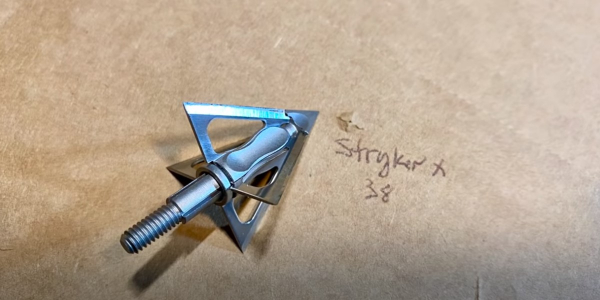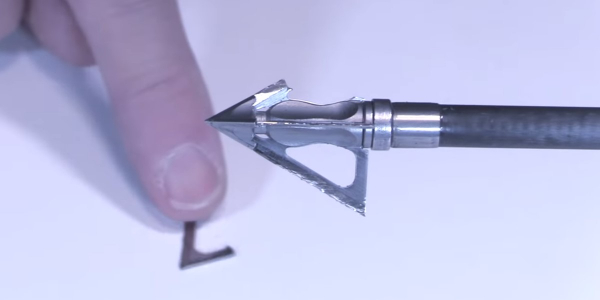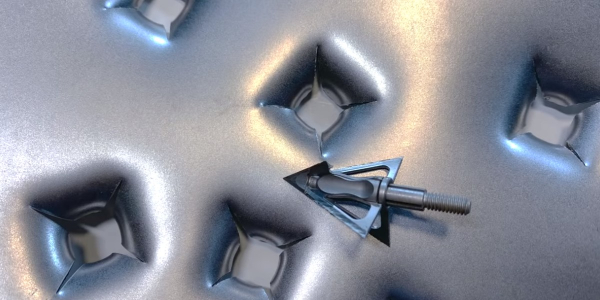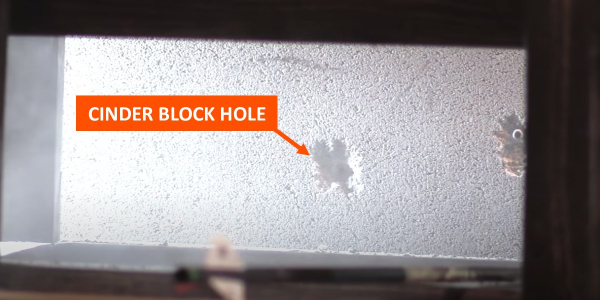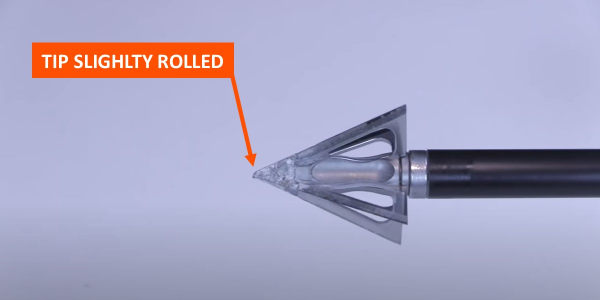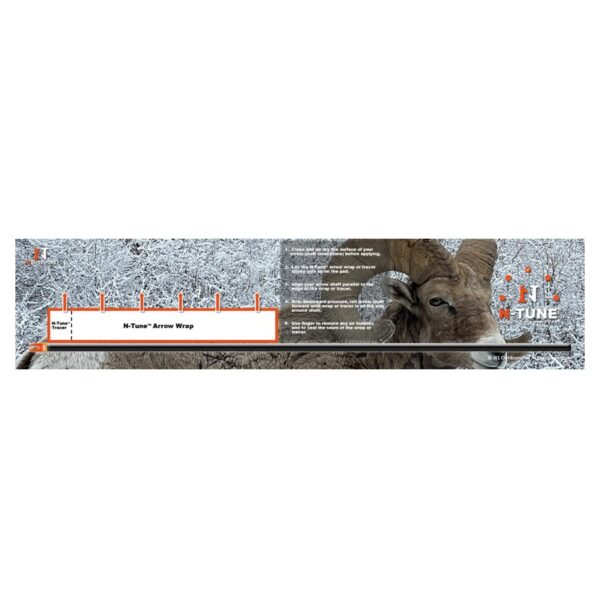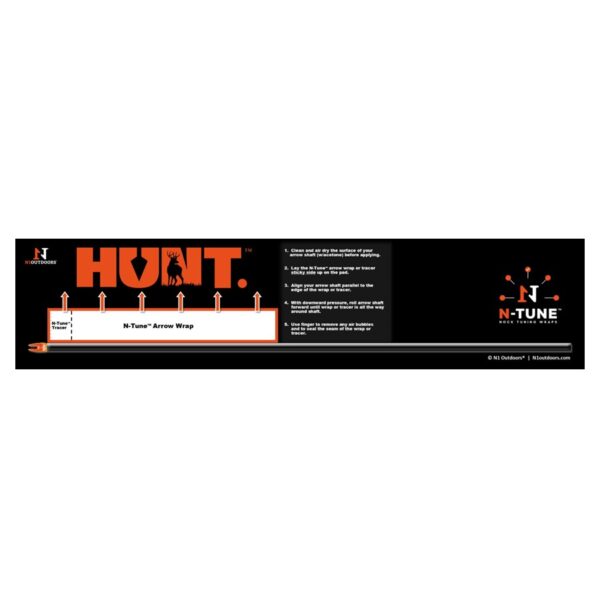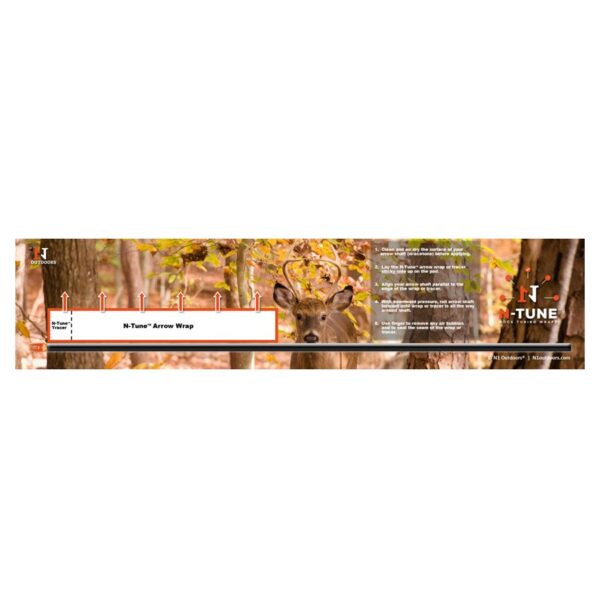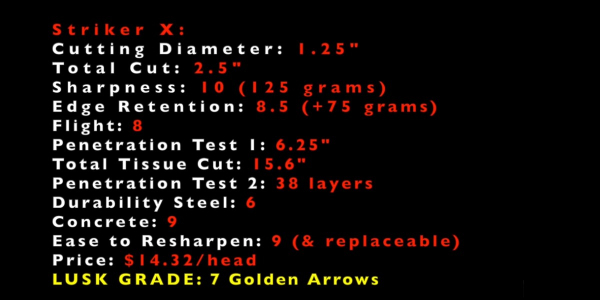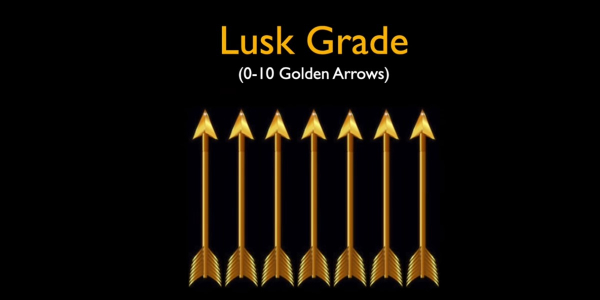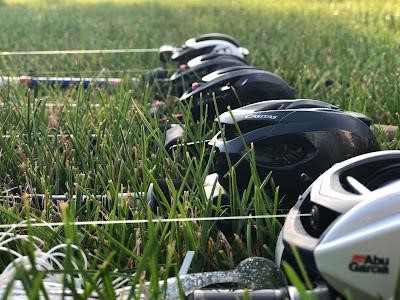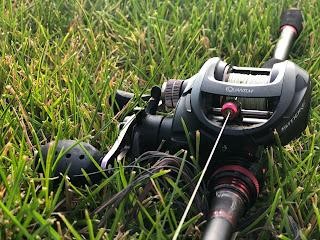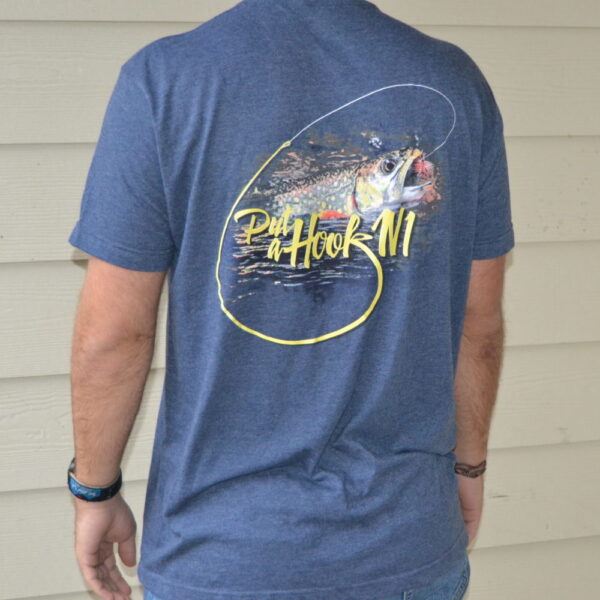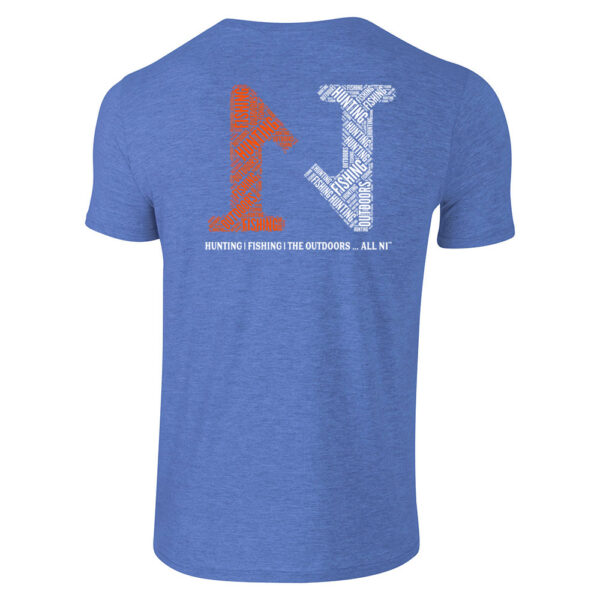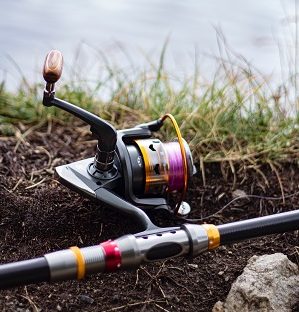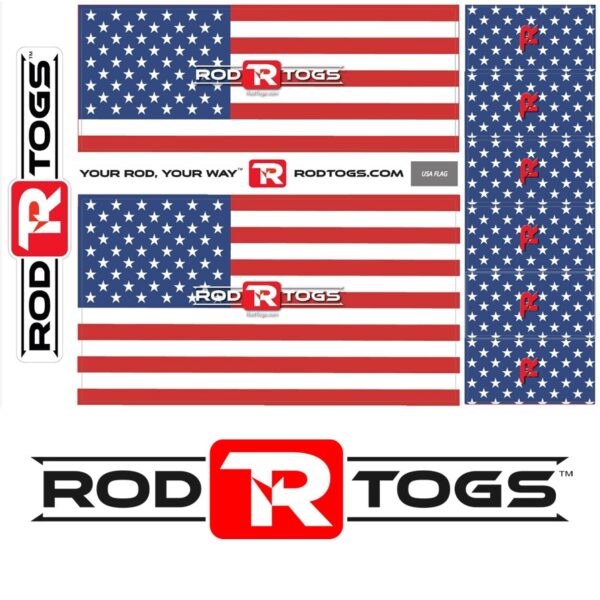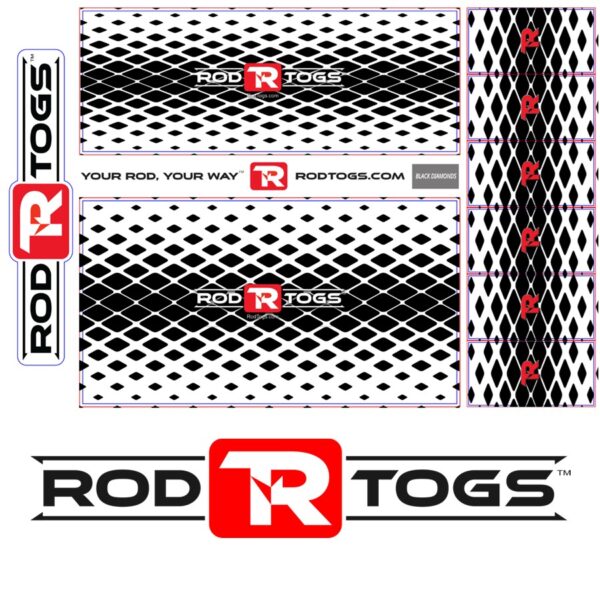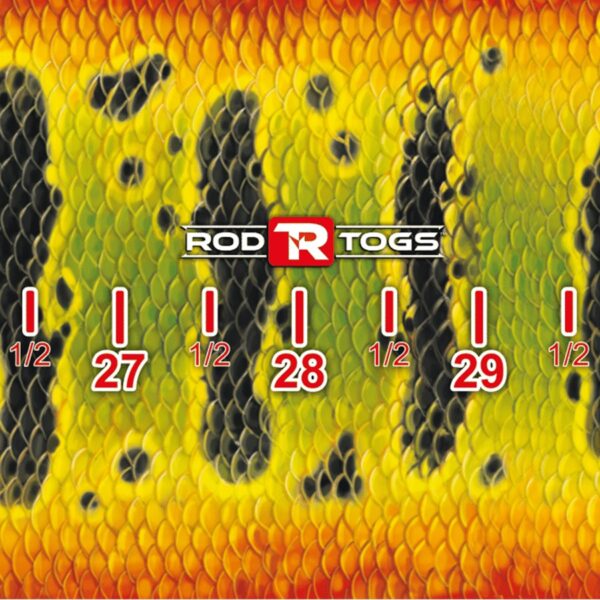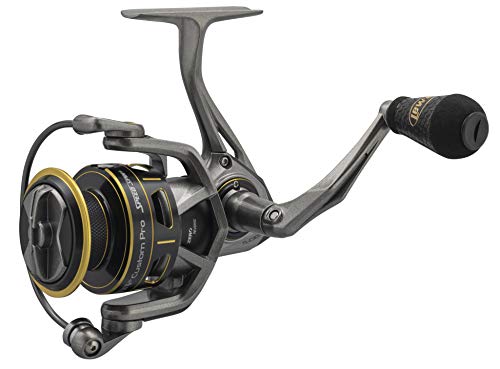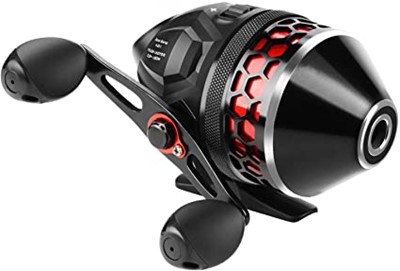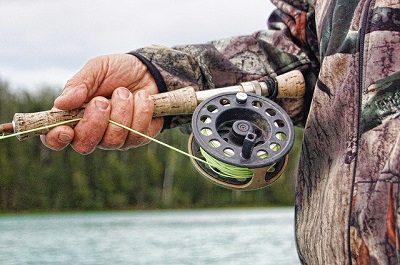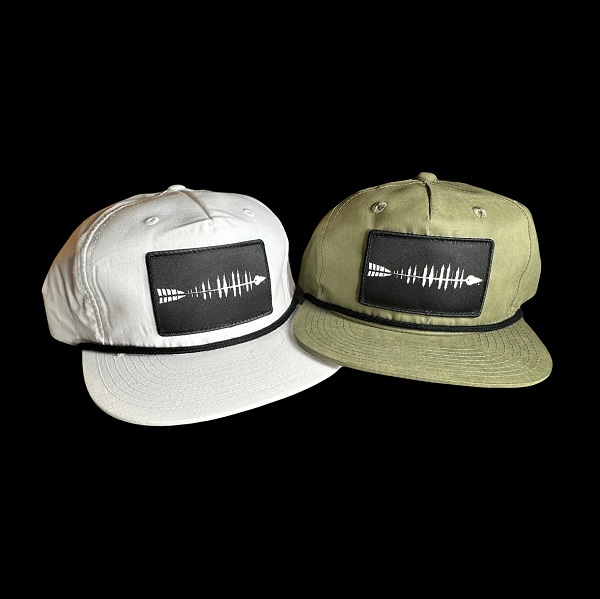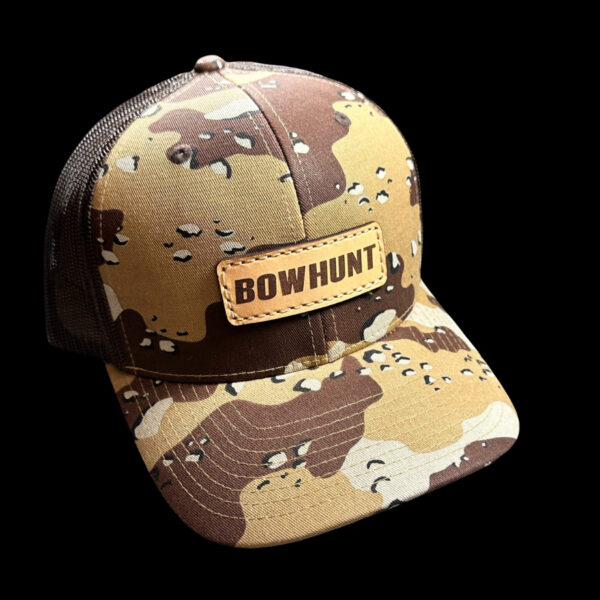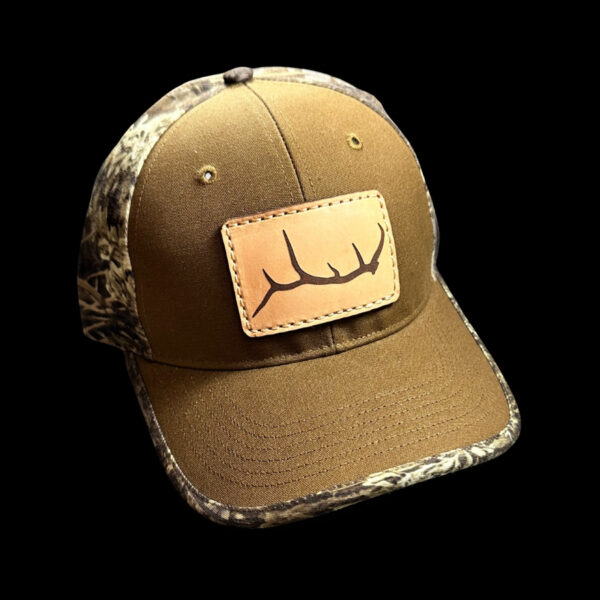One of the most visual and fun ways to catch bass is with a topwater lure.
When you can actually see a monster largemouth fly through the water column and breach the surface, your adrenaline will be pumping to the max.
So, let’s take a look at some of the best topwater lures for bass as well as some tips and tricks for increasing hookups.
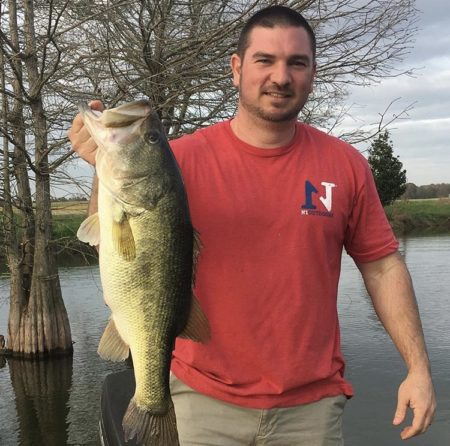
Topwater fishing for bass can be an experience you won’t soon forget. Let’s check out some different types of topwater options…
Best Topwater Lures for Bass | The Rundown
In this section, we will mention some top-tier topwater lure brands, but the main point is to cover the types of topwater lures, not necessarily specific models.
You can click any of the links below to jump straight to that particular topwater lure.
1. Hollow-Body Frog
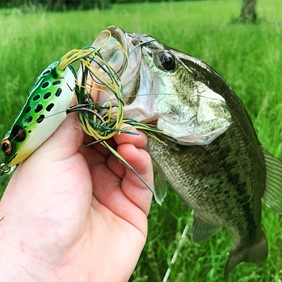
A hollow-body frog is a great option where there is vegetation or other potential for snags on the surface of the water. (Photo: Drew Pierce)
“Frogging” is one of the most popular topwater strategies, as big bass love to munch on frogs. This is especially true in areas with algae, lily pads, and other things on the surface. Because the hooks are tucked into the backside of the lure body, you will not snag everything you hit on the surface.
We specifically denote the hollow-body variation because it is the most common and easy to use. There are other types of topwater frogs, but this one tends to be the most versatile.
Companies like Scum Frog and Booyah do a great job of crafting hollow-body frogs. Once you can learn to walk the frog, the bites will come in full force.
-

N1 Outdoors® Fishscape™ Outdoor Tee
$28.99 – $32.99 Select options This product has multiple variants. The options may be chosen on the product page -
Sale!
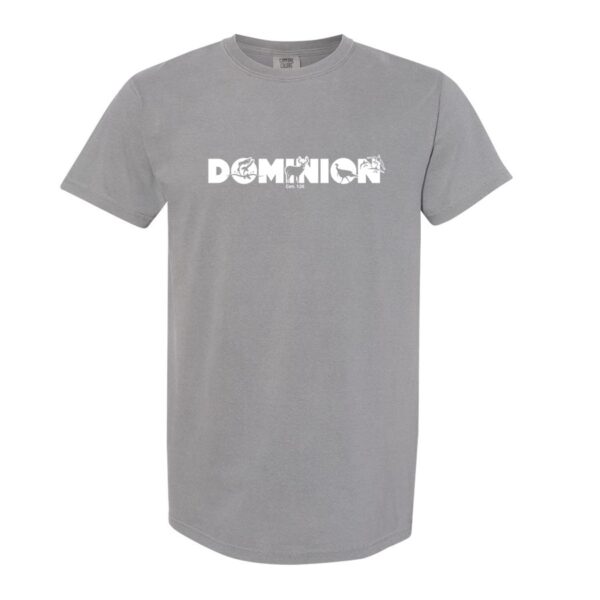
N1 Outdoors® Dominion™ Tee
$19.99 Select options This product has multiple variants. The options may be chosen on the product page -
Sale!
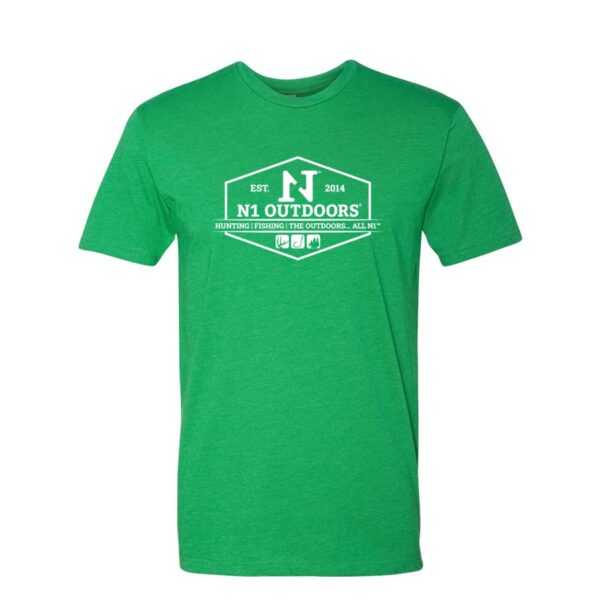
N1 Outdoors® Est. 2014 Triblock Tee
$9.00 Select options This product has multiple variants. The options may be chosen on the product page
2. Popper Lure
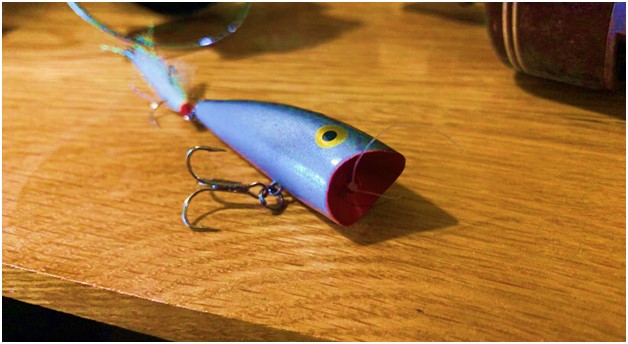
Poppers, when jerked, throw water in a forward motion, creating water disturbance that get bass’ attention. (Photo: Drew Pierce)
Especially for smallmouth, poppers are great topwater lures that provide more extreme action. Rather than being subtle with your action, poppers are made to throw water forward and cause a disturbance on the surface.
These are hard-bodied lures that feature two treble hooks on the bottom. The cupped mouth allows for the popping of water. With this build, it is perfect in open, clear water as it will not work correctly if it comes in contact with items on the surface.
3. Buzzbait
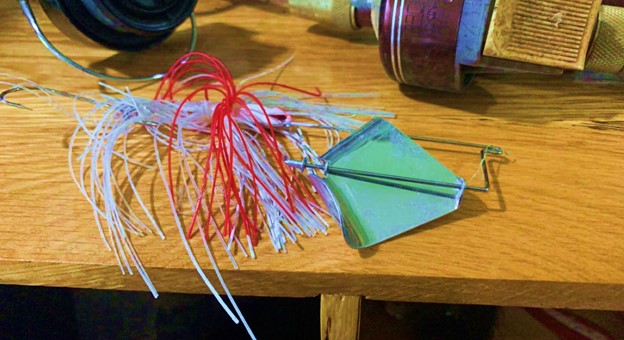
Buzzbaits are like a spinner bait that runs on the water’s surface, and they can lead to some violent topwater blowups! (photo: Drew Pierce)
Buzzbaits are basically spinnerbaits with a propelling tool. So, instead of diving down into the water column, they stay on the water’s surface and provide a sort of bubbling effect.
This gurgling and spinning is super enticing to bass and can be used in a variety of situations.
Use the same colors as you would with a spinnerbait, as white and chartreuse and black and blues can get the job done.
4. Spook
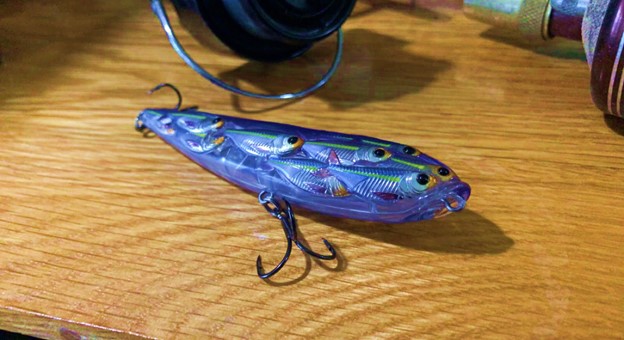
While spooks can be expensive, there are many simple versions in basic colors that can help you land a topwater bass. (photo: Drew Pierce)
Although spooks are usually used in saltwater, bass spooks provide awesome action to seek out the larger fish. Spook lures are long, tube-like lures that are walked on the surface.
Spooks provide serious, big action that will weed out the smaller bites and focus on the trophies.
Spooks can be quite expensive, and there is really no reason to spend hundreds of dollars on the high-end stuff. Keep it simple with the classic colors, and spend your time perfecting the action.
-
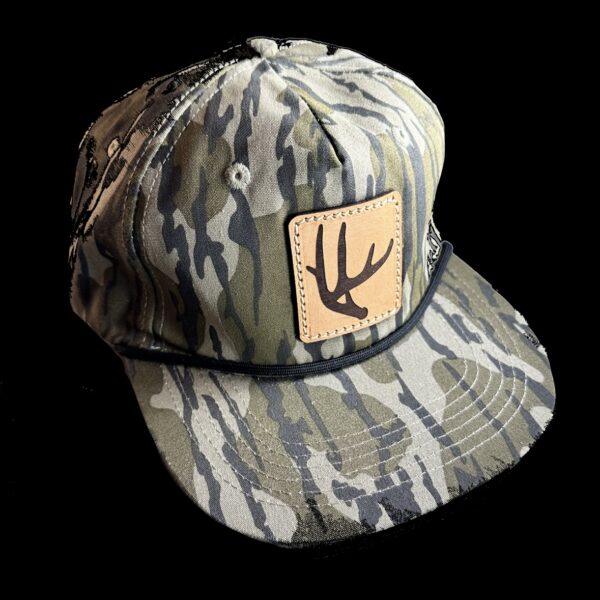
N1 Outdoors® Antler Leather Patch Camo Rope Hat
$29.99 Add to cart -
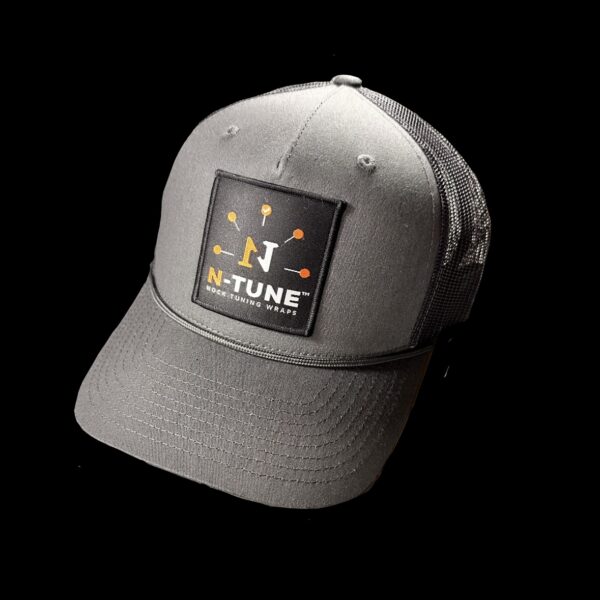
N1 Outdoors® N-Tune™ Patch Trucker Rope Hat (Gray & Black)
$26.99 Select options This product has multiple variants. The options may be chosen on the product page -
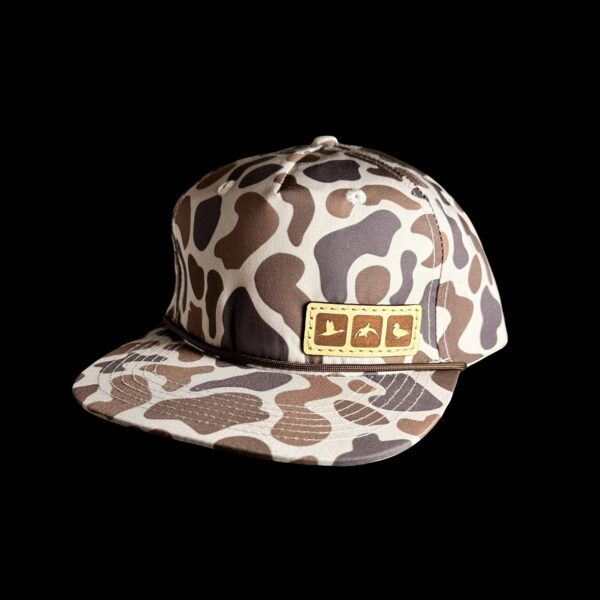
N1 Outdoors® TriBlock™ Duck Leather Slough Camo Patch Rope Hat
$29.99 Select options This product has multiple variants. The options may be chosen on the product page
5. Jitterbug
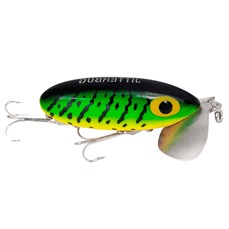
The Jitterbug is a topwater classic that mimics bugs on the water’s surface. (photo: Northwoods Lures)
A lure that is somewhat similar to a popper is the Jitterbug.
The classic Jitterbug is made by Arbogast, and has a bit of a different action from it’s cousin, the popper.
The Jitterbug features a couple-cupped front lip. This gives the Jitterbug a back-and-forth motion, so it can be used with a steady cadence.
Jitterbugs are also a bit smaller and chunkier than poppers, so they are good about imitating bugs that are warbling on the surface. Black and green is a really popular color for the Jitterbug, so keep that in mind.
6. Popping frog
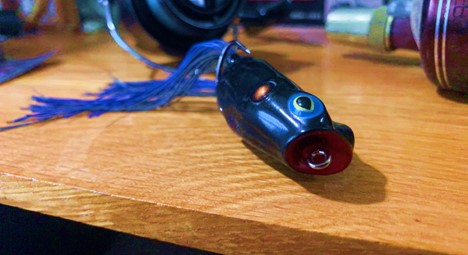
Popping frogs have a lip similar to popper lures that works well in open water. (photo: Drew Pierce)
Obviously, the first item on our list was the hollow-body frog, but a popping frog deserves its own section.
Popping frogs have cupped mouths to provide that popping action on the surface. This lure has its own section because the action and use is completely different.
A popping frog is best in open water and near edges rather than in the muck. This type of action is super enticing and will add some spice when a regular frog isn’t getting it done.
7. Floating Minnow
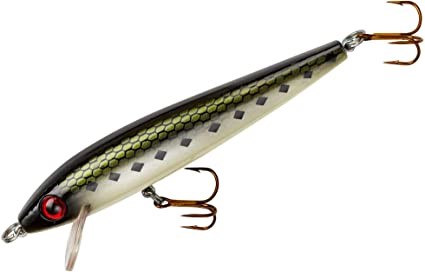
A floating minnow resembles a jerkbait, but can be worked with “twitching” of the fishing rod. (Photo: Rebel, Amazon)
Finally, we have the floating minnow. A floating minnow looks exactly like a jerkbait, but you do not have it dive down into the water column, but rather work it on the surface.
The bill is there to shift the lure side to side and provide a swimming action. With the hard body and two treble hooks, hookups are strong and easy.
The key to a good floating minnow is a colorway that looks as natural as possible. When you pair a good color with the right action, you are in a great place for success.
Topwater Bass Fishing Tips
Now that we’ve covered 7 of the best topwater lures for bass, let’s cover some tips that will help you get more topwater blowups!
Find a cadence
With many topwater lures, you need some sort of consistency. With a frog, you want to “walk” it back and forth on the surface. This gives your lure a super realistic action that bass love to munch on.
With lures like the buzzbait, this is much easier, as you just need to reel it in at a steady pace.
Either way, find what your bass wants to bite and keep it consistent once you have some success.

Sometimes finding the right cadence is all it takes to get the topwater action to heat up.
Mix up the colors
Believe it or not, the colors of your topwater lure do matter when it comes to fishing for bass.
It might seem useless to put thought into the color because the bass are below and you might be thinking they can’t tell the differnece. That is not the case.
You need to put some thought into the colors of your lures and mix them up if something is not working. If a certain frog has an unappealing shade when the bite is slow, mix things up and it might get the job done.
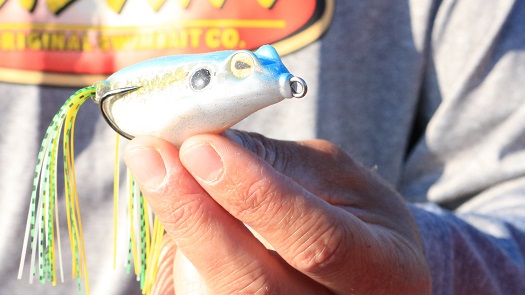
Color is an important factor in choosing the right topwater lure for the situation. Don’t be afraid to mix things (and colors) up!
Find structure
Similar to any bass fishing strategy, structure matters.
When there is structure under the surface, there are likely bass chilling there. Just because you are working a topwater lure doesn’t mean that structure doesn’t matter.
So, when you can find structured areas, you’ll likely find bass willing to come to the surface and strike your lure. Working across points and over structure will increase your bites tremendously.

Just because you’re fishing topwater doesn’t mean you shouldn’t find structure. Find the structure and find the fish.
Final Thoughts On Topwater Lures For Bass
If you are new to the topwater game, it can be so much fun. You’ll see, when a huge bass rams through the surface and bites your lure, the feeling is like no other.
Use these lure recommendations and tips to give you a good starting point for topwater fishing. Good luck, and put a hook N1!

